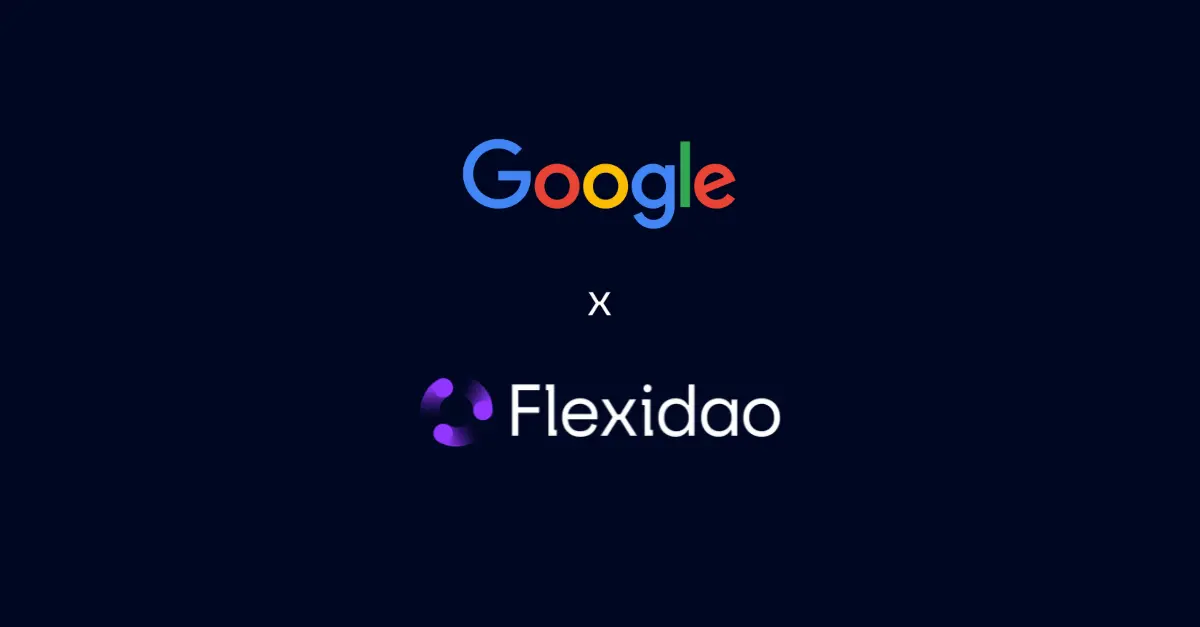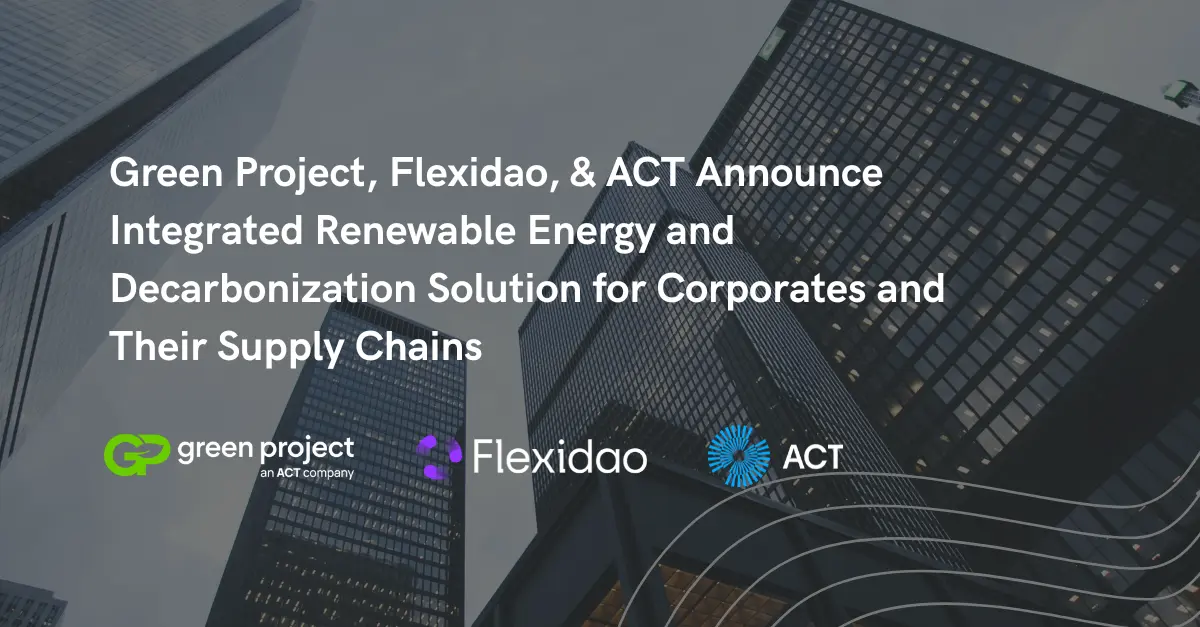
Welcome to Flexidao's Blog
Data insights to reduce compliance risk, improve the ROI of your energy contracts and simplify clean energy reporting.

Blog
Hourly Energy Accounting at Scale
Our recent work with Google demonstrates that hourly energy certification is feasible at scale and ready to support corporate clean energy goals.
News & Resources
Thank you! Your submission has been received!
Oops! Something went wrong while submitting the form.





.webp)
.webp)
.webp)
.webp)
.webp)
.webp)
.webp)
.webp)
.webp)

.webp)

.webp)

